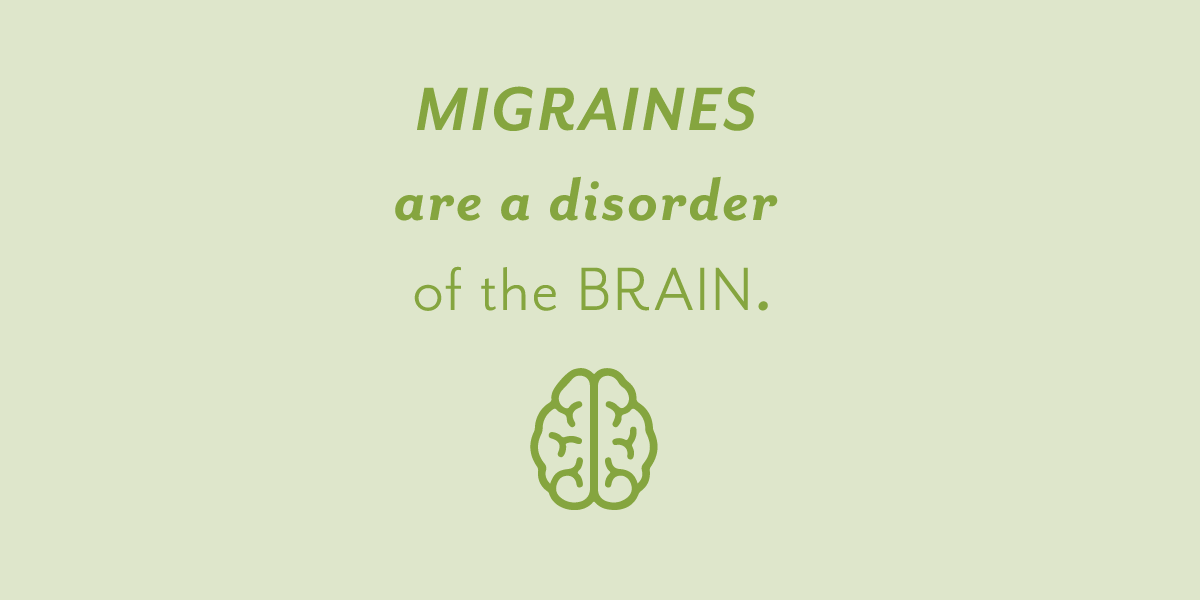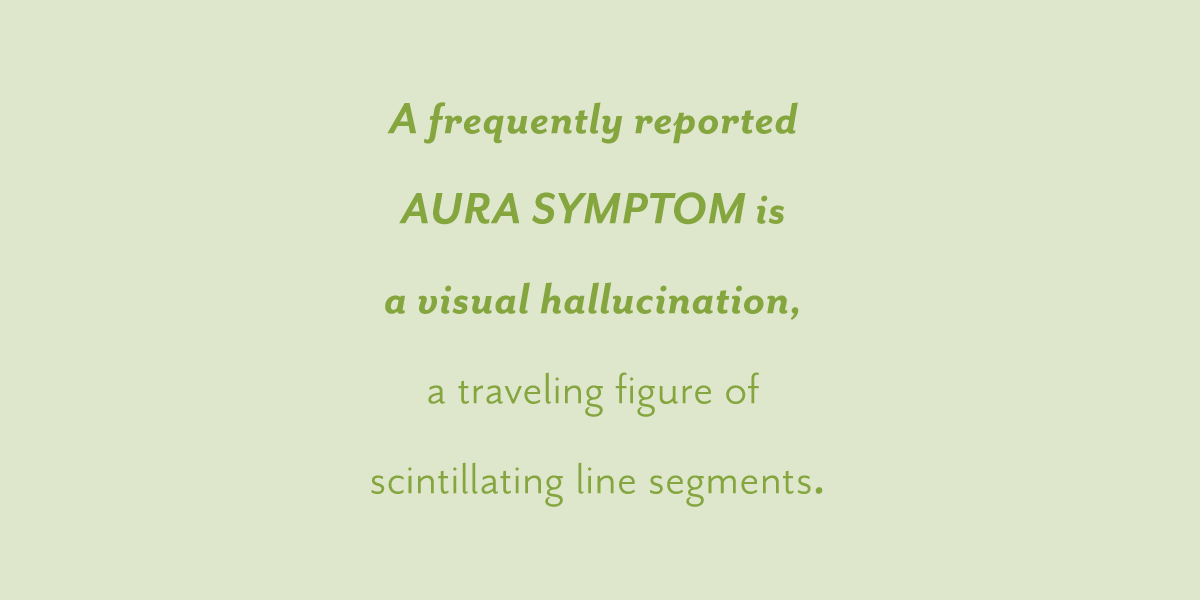Migraine headaches and the menstrual cycle

Migraine headaches are rough. The throbbing, pulsating, nausea and vision impairment can be debilitating. Anyone who experiences them would agree that any tool or treatment that prevents or alleviates these things is crucial.
That’s where Dr. Markus Dahlem comes in. As a theoretical physicist, he’s been researching migraine headaches for 25 years. His computer models on the symptoms of irritation and neurological impairment from migraines can be found in medical textbooks. When he was in school, Markus did his PhD on the visual hallucinations caused by migraines. He’s THE migraine expert.
Markus is currently leading the medical team at M-sense, a certified medical app for personal migraine tracking, analysis and treatment. Like Clue, he’s based in Berlin, so we caught up to ask all about the connection between migraines and the menstrual cycle.
Who is most likely to experience migraine headaches?
Women are three times more likely than men to get migraines. Apart from this gender difference, there is no other clear pattern. There seems to be a fair number of false ideas about who gets migraines. In particular, there is no alleged “migraine personality.” Still others seem happy to blame the genes. This is not helpful and even wrong. Except for some really rare subforms of migraine, which are indeed caused by genes and run in families, neither genes nor personality causes these debilitating headaches.

So why do only some people get migraines?
Migraines are a disorder of the brain. In recent years, we gained knowledge about a migraine generator located in the brain stem. From what we know today, each person suffering from migraines has a unique combination of risk factors that wind up this migraine generator.
As a theoretical physicist, I’m using mathematical models to simulate how this happens and why a fully wound migraine generator behaves like a biological clock—very similar to the menstrual cycle. Actually, we call it the migraine cycle.
So are migraine attacks connected to changes in hormones and the menstrual cycle?
Yes, they are connected at least for some women. For this group, menstrual migraine attacks occur on the day of menstruation or within the two following or preceding calendar days.
The crucial role is played by the estrogen withdrawal. With unpredictable fluctuations of estrogen, e.g. around menopause and in particular in the late menopause, with high estrogen levels, migraines can worsen and attacks become more unpredictable. None of the treatment options are licensed specifically for menstrual migraines. But of course you have an advantage in your treatment with a regular menstrual cycle and attacks linked to it, because an abortive medication should be taken on time. Clue and M-sense have much in common with respect to such questions.
Another connection will become apparent if we look at the non-painful migraine symptomatology, which can be equally disabling. People with migraines experience symptoms up to three days prior to the pain phase of the migraine cycle. For example: extreme yawning, mood changes, food cravings and stiffness in the neck, as well as concentration or memory impairment and further cognitive difficulties. Again, like with Clue, with M-sense people can track and subsequently analyze all important factors that allegedly or actually contribute to the course of the disease.
By the way, medical guidelines recommend progestogen-only contraception for women who suffer from migraines with the so-called aura. I’m afraid the richness of migraine aura symptoms is beyond this interview. Let me mention one: A frequently reported aura symptom is a visual hallucination, a traveling figure of scintillating line segments.

Recently a colleague of mine, a migraine expert working in the field of contraception, told me that she has noticed all sorts of issues with the (mis)diagnosis of these migraine aura symptoms which has resulted in women being withheld combined hormonal contraception. So we are very keen to provide any opportunity to improved diagnosis of migraines.
At what life stage are people most likely to develop migraines?
Before puberty, boys and girls are about equally likely to develop migraines; some studies even suggest that boys get migraines slightly more often than girls. Kids with migraines often feel sick to their stomach. These abdominal migraines transform in later age to normal migraine headaches. Between age 15 and 24, the probability of developing this condition is the highest and in this phase the risk increases in particular for young women.
However, many kids and young adults don’t get a diagnosis. This is a problem, because it is good to learn right from the start how to cope with the symptoms and intervene early in the course of the disease.
What’s the best treatment for migraines?
There is no single best treatment. In the 1990s, specific medications were designed to treat migraines, but they don’t work for everyone. Finally, within the next few years, a long-awaited novel migraine preventive will come to market. We will have to wait and see how many will benefit from these genetically engineered drugs. Moreover, classic over-the-counter pain killers help some migraine sufferers. And everybody with them should learn about relaxation techniques, physical aerobic endurance training and how to cope with triggers. Of course nobody can do all at once. We need value-based diagnostics; that is, we need to know how to select patients for particular therapies.
So what made you first interested in migraines?
Science! As a young student, I learned about a strange neural excitation in the brain that comes in the shape of a spiral wave. This wave causes the visual hallucinations during migraines, which I mentioned above. I did my masters in science on that wave and my PhD on the hallucinations. I’ve been in migraine research now for 25 years and learned a lot about this condition, even without being a medical doctor.
Well, my wife has a lot of fun in quoting Rachel from Friends: “Oh, sure, Ross, yeah. If I have a heart attack at a restaurant I want you there with your fossil brush”. Ross said that a PhD is just as good as an MD. And she is right, of course. When you get a migraine attack in the restaurant, you don’t want me to be there with my computer models.
But when I started with my research in the laboratory of Otto Creutzfeld, it was a tradition that scientists from different disciplines considered a specific problem. I think this is the best approach. Neurology is too important to be left to the neurology department—I have this epigram on my academic website. Today, we still work on migraine research from various disciplines, including also new branches like Data Science or Human Factors, but still also physics and others, including of course physiology and neurology. Turning academic research into a startup makes much sense to me, since I became as interested in the person with migraines as in migraine pathophysiology itself.
